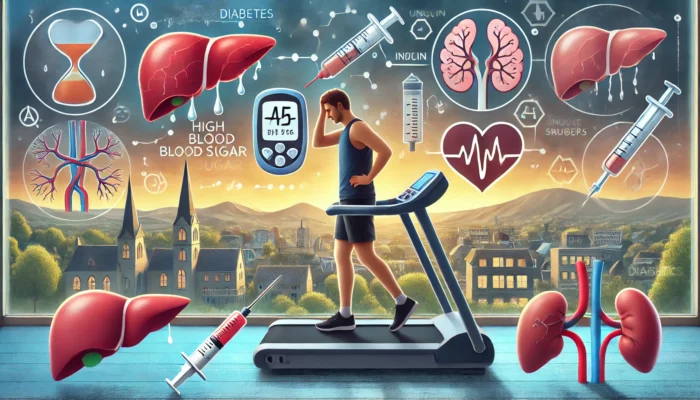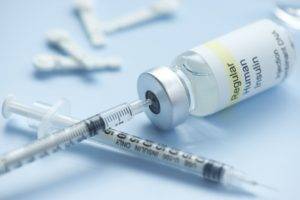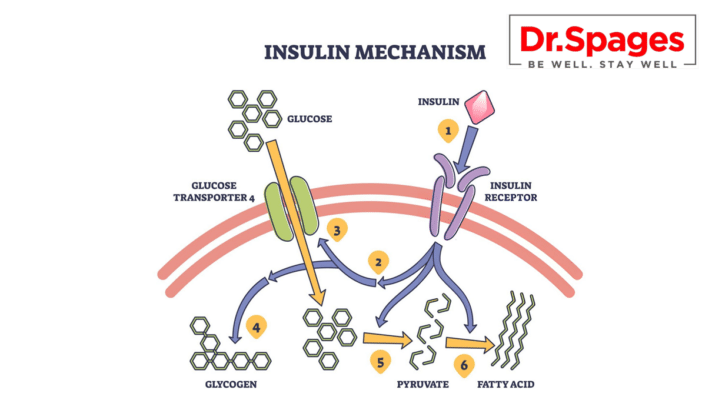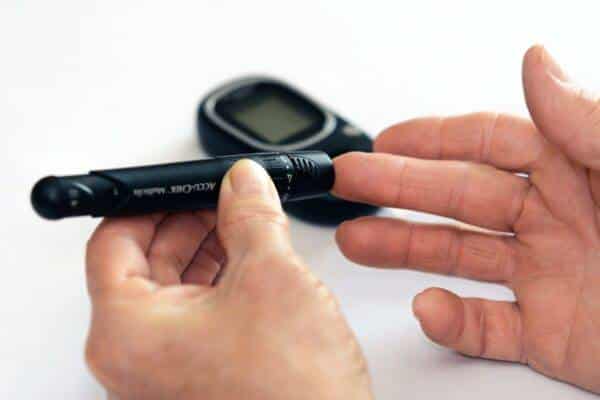Why Exercise does Not Reverse Diabetes
Why Exercise Does Not Reverse Diabetes

Introduction:
As I’ve navigated my journey with Type 2 diabetes, I’ve come to realize that exercise alone does not reverse the condition. In fact, for some diabetics, exercise could lead to more insulin resistance.
Managing diabetes effectively requires a much deeper understanding of the root causes, including the role of high triglycerides, and the health of four key organs: the liver, pancreas, thyroid, and adrenal glands. These organs are fundamental in regulating metabolism, insulin sensitivity, and blood sugar levels, yet they are often overlooked in conventional treatment plans.
On top of this, medications like statins can obscure triglyceride levels, masking a key marker that needs addressing for true health improvements.
Understanding Type 2 Diabetes and the 4 Organs:
Type 2 diabetes isn’t just about managing blood sugar levels; it’s about correcting dysfunctions in the four vital organs responsible for metabolic balance:
- Liver: The liver plays a critical role in regulating blood sugar by storing and releasing glucose as needed. In diabetes, liver function is often impaired, leading to excess glucose in the bloodstream.
- Pancreas: The pancreas produces insulin, the hormone responsible for regulating blood sugar. Over time, insulin resistance causes the pancreas to overwork, eventually leading to reduced insulin production.
- Thyroid: The thyroid regulates metabolism, and when it’s not functioning properly, it can slow down metabolic processes, making it harder for the body to burn glucose efficiently.
- Adrenal Glands: These glands regulate cortisol, a stress hormone that can affect blood sugar levels. Chronic stress can impair adrenal function, leading to elevated cortisol levels, which, in turn, worsen insulin resistance.
Addressing imbalances in these four organs is crucial to reversing diabetes. Without targeting the root cause—dysfunction in these organs—exercise and even medications may only offer short-term relief without long-term success.

The Truth About Exercise and Diabetes:
Exercise plays a supportive role in managing Type 2 diabetes, but it doesn’t address the underlying issues. While it helps with glucose uptake, lowering blood sugar in the short term, it doesn’t correct the root causes of insulin resistance. In some cases, over-exercising can lead to spikes in cortisol, worsening insulin sensitivity, especially when high triglyceride levels are involved.
The Role of High Triglycerides in Insulin Resistance:
High triglycerides are not just a marker of poor cardiovascular health; they are a significant contributor to insulin resistance. Elevated triglycerides interfere with the body’s ability to properly use insulin, making blood sugar management more difficult. Many diabetics with high triglyceride levels may find that their insulin resistance worsens, no matter how much they exercise. This is why addressing triglycerides through diet and targeted supplementation is essential for long-term diabetes management.
Statins and Triglyceride Levels:
Statins are often prescribed to lower cholesterol, but they can obscure an important issue: high triglycerides. While statins lower cholesterol numbers, they often fail to address the root cause of high triglycerides, and worse, they can give a false sense of security by masking this key metabolic marker. Triglyceride levels are directly tied to insulin resistance, and when they remain high, even with lowered cholesterol levels, the risk for complications like heart disease and worsening diabetes persists.
Get The Guide to Lowering Cholesterol Natural Here
Why Diet Plays a Bigger Role Than Exercise:
A diet designed to improve insulin sensitivity and lower triglycerides is essential. For me, a grain-free, gluten-free diet that includes high-fiber vegetables, lean proteins, and healthy fats has been a game changer. These foods not only help to regulate blood sugar but also support liver function, reduce triglycerides, and promote overall metabolic health.
The Four Tires Approach to Health:
In my experience, reversing diabetes is like fixing a car with four flat tires. The liver, pancreas, thyroid, and adrenal glands are like the four tires of your body, and if any one of them is out of balance, the entire system doesn’t work. Just like you wouldn’t drive a car with one flat tire, you can’t truly reverse diabetes without addressing all four of these organs.
- Fix the Liver: Clean up your diet to reduce fatty liver and support glucose storage and release.
- Fix the Pancreas: Manage insulin production through balanced nutrition and targeted supplements.
- Fix the Thyroid: Ensure proper metabolism through thyroid-supportive nutrients like selenium and iodine.
- Fix the Adrenals: Manage stress and cortisol levels with adaptogens and lifestyle modifications like meditation.
Start balancing your 4 organs – Start Do-It-Yourself Program Here
Conclusion:
Exercise is beneficial for overall fitness, but it’s not the magic bullet for reversing Type 2 diabetes. In fact, for many diabetics, focusing solely on exercise could worsen insulin resistance. Instead, I’ve learned that focusing on the root cause—particularly high triglycerides, organ health, and a well-rounded diet—is far more effective. By fixing the “four tires” of the body—the liver, pancreas, thyroid, and adrenal glands—we can address the underlying metabolic issues that fuel Type 2 diabetes.
Taking a root cause approach allows for true healing, instead of just managing symptoms. Statins may lower cholesterol, but they don’t address high triglycerides or fix the core problem. By focusing on diet and targeted treatments, I’ve been able to improve my health far beyond what exercise alone could achieve.
Learn the 3 Step Approach to Reverse Diabetes – Watch Webinar Here
References:
- Taylor, R. (2013). Type 2 Diabetes: Etiology and reversibility. Diabetes Care, 36(4), 1047-1055.
- Lim, E. L., Hollingsworth, K. G., Aribisala, B. S., Chen, M. J., Mathers, J. C., & Taylor, R. (2011). Reversal of type 2 diabetes: Normalization of beta cell function in association with decreased pancreas and liver triacylglycerol. Diabetologia, 54(10), 2506-2514.
- Bremer, A. A., Mietus-Snyder, M., & Lustig, R. H. (2012). Toward a unifying hypothesis of metabolic syndrome. Pediatrics, 129(3), 557-570.





